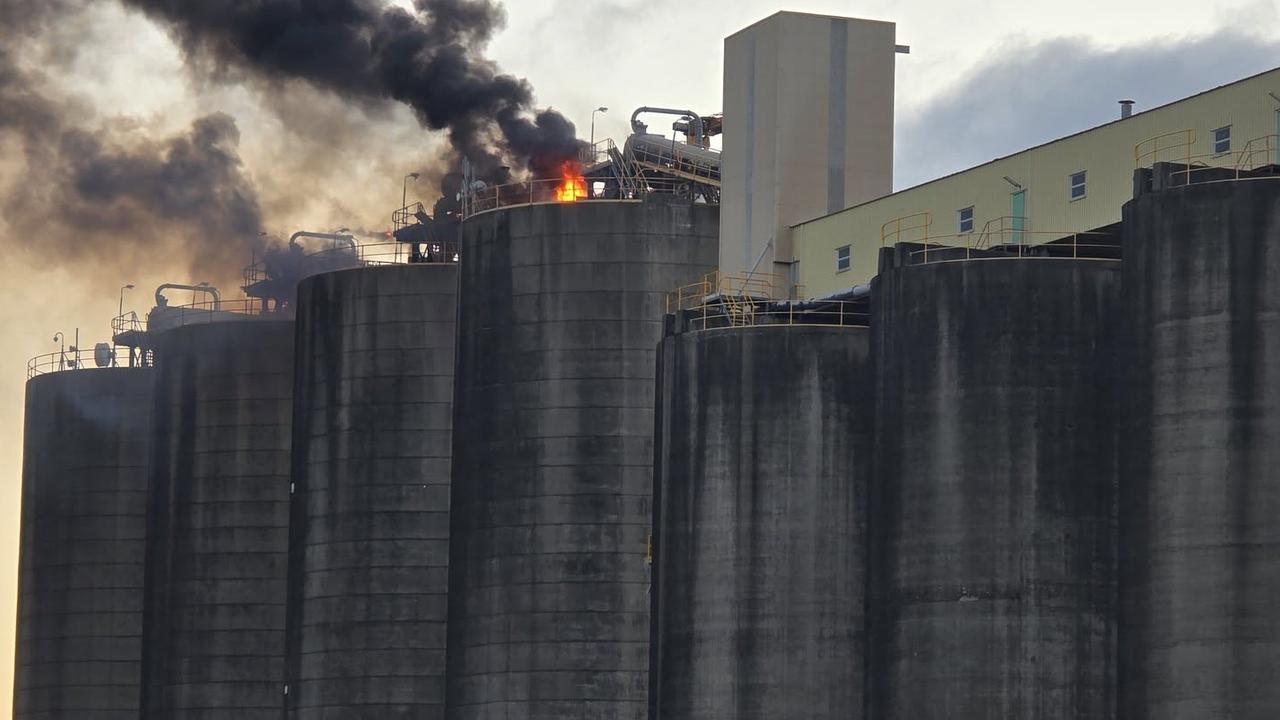Inside push to limit Whitsunday short term accommodation to ease rental crisis
There’s a new push to rein in holiday homes which now cater for half of all visitor stays in the Whitsundays in the hope it will help stabilise skyrocketing rental prices.
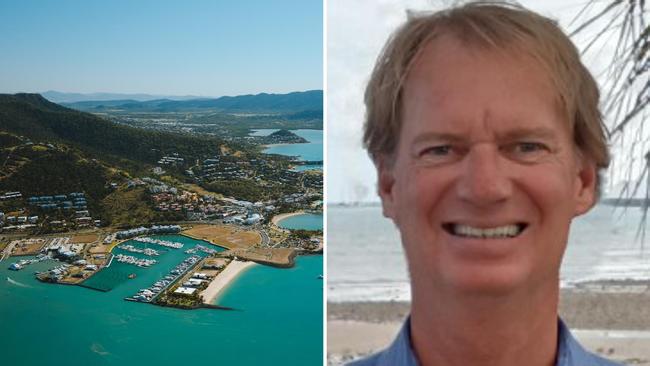
Whitsunday
Don't miss out on the headlines from Whitsunday. Followed categories will be added to My News.
A proposal is being put forward to limit where short term accommodation can be approved in the Whitsundays in a bid to stabilise the rental crisis.
It comes as the council states there has been a “remarkable” 18.7 per cent drop in rental properties across the Greater Airlie Beach area, with just 1650 rental bonds in December 2022, a significant drop from 2000, just two years earlier.
Whitsunday Regional Council’s recently endorsed Local Housing Action Plan revealed only dual-income households could afford to rent in Airlie Beach and Bowen, according to the Rental Affordability Index, with the median rental price for a four-bedroom house in Airlie at $762 per week “significantly higher” than the $600 state average.
Although WRC Regional Strategy and Planning director Neil McGaffin has insisted there was no direct link between holiday homes and a shortage in long-term rentals, councillors recently approved a motion stating demand for STA was having an impact.
Short term accommodation contributing to rental crisis: Councillors
The motion stated the council would continue investigating the possibility of amending the planning scheme to reduce support for STAs to “minimise encroachment into areas for predominantly residential use”.
Since 2019, the council has approved 190 STA applications with councillors in late 2022 voting to make it a prescribed activity to crack down on “nuisance” guests who riled up neighbours.
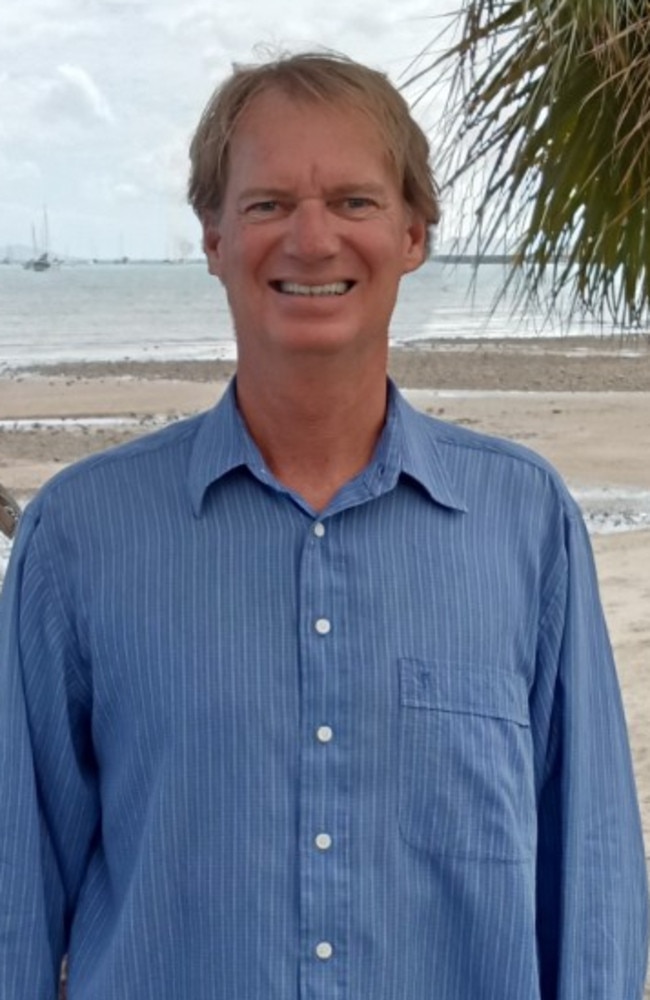
Clay Bauman, who is hoping to re-win his councillor seat at next month’s election, said while there was a recognised need for tourism accommodation in the Whitsundays, the “constant creep” of STAs into rural-residential zones disturbed the peace.
Push to install boundaries for STAs
He said fixed boundaries for STAs was a possible solution, citing Noosa Shire Council which restricted STAs in low density residential areas with potential scope to further limit them to tourist zones only.
WRC Strategic Planning manager Maria Lockley said the council was currently investigating land use to balance tensions between the tourism, residential and agricultural sectors as more people moved to the Whitsundays for its larger blocks and lifestyle with the combined resident and non-resident population expected to hit 70,000 by 2046.
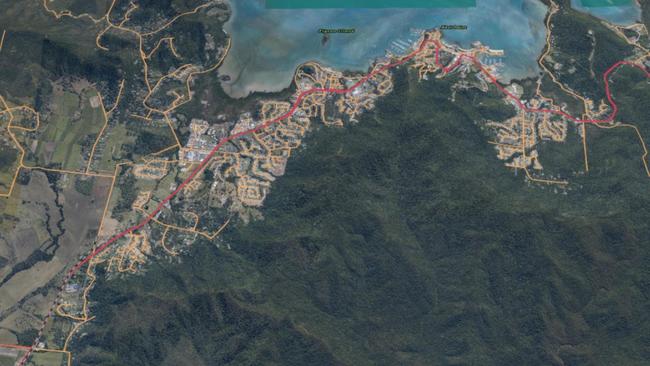
Ms Lockley said 50 per cent of this growth was expected to occur in the corridor between Shute Harbour and Cannon Valley, with infill areas around Bowen also pegged as hotspots.
The Whitsundays’ tourism industry was also expected to grow following a record 4.7 million visitor nights in 2022, a 95 per cent rise on 2017’s figures.
STAs cater for 50 per cent of visitor overnight stays
The council’s LHAP states Tourism Research Australia in 2017 identified half of the visitor nights were attributed to “holiday homes” or STAs.
It further states Airbnbs recorded 100 per cent occupancy rates almost every weekend over the peak winter period.
Ms Lockley said the the plan, which was awaiting state government approval, identified actions that could unlock more accommodation for both tourists and residents in sought after areas.
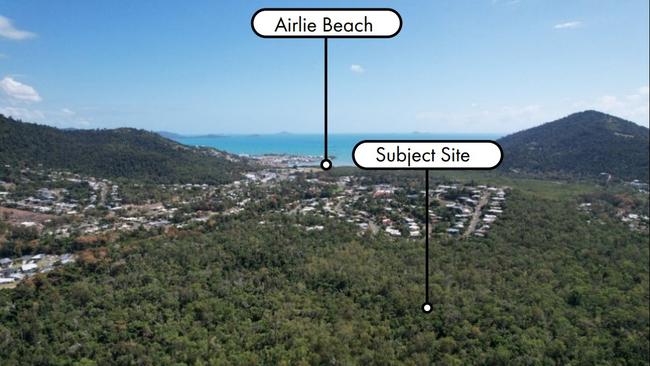
They included incentivising aged-care facilities to encourage single occupants to downsize, and encouraging higher-density living.
‘Infrastructure constraints’ a turn-off for developers
The Whitsundays has more than 1000 blocks ready to build on but the LHAP stated it was reasonable to assume “infrastructure constraints and required upgrades” had contributed to a “lack of take up and conversion of some of these approvals”.
Ms Lockley added there were elements outside of the council’s control that were “stopping construction from coming on” with Mr Bauman pointing out the need for the state government to open more schools and upgrade Shute Harbour Rd which connected Proserpine to Airlie Beach.
He added while Airlie Beach had lots “ripe” for purpose-built tourism projects, if the council continued to “allow our housing stock to be chewed up” as STAs, developers would lose confidence they would see returns on their investments.
He said there was further concern that if tourist numbers dropped, operational cost differences between fully-licenced tourism venues versus low-cost STAs could spark a “price war”.




